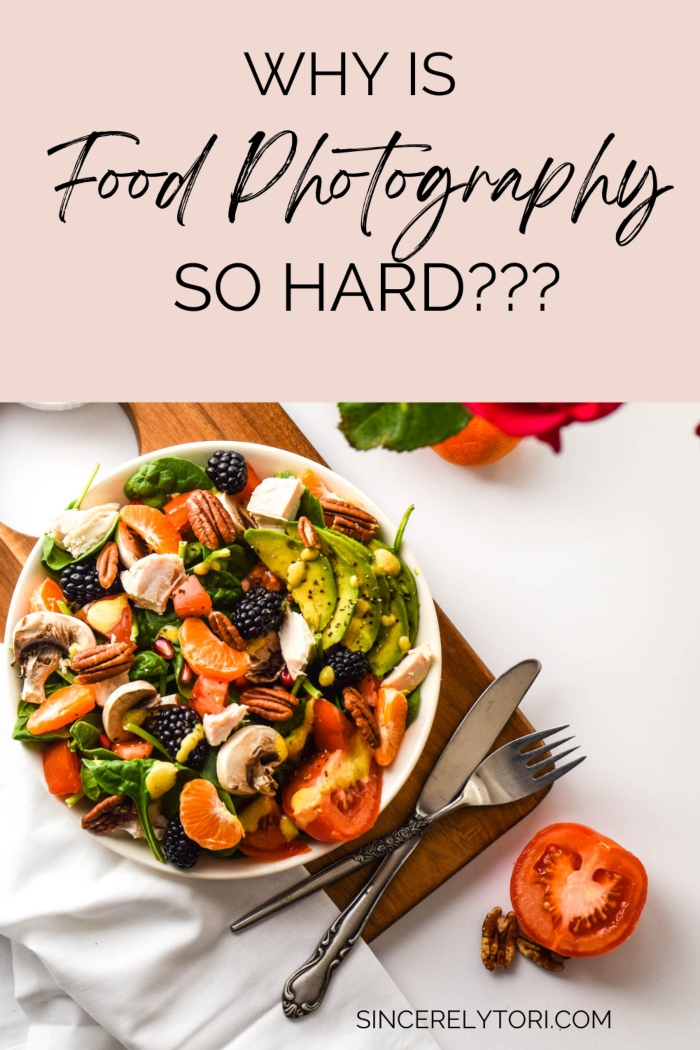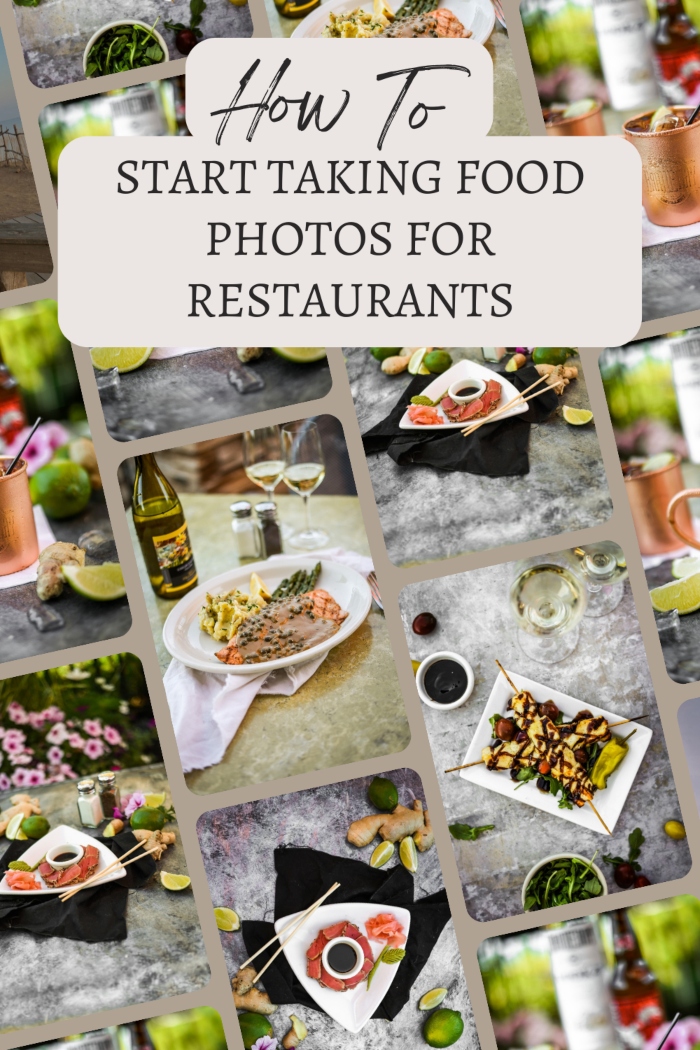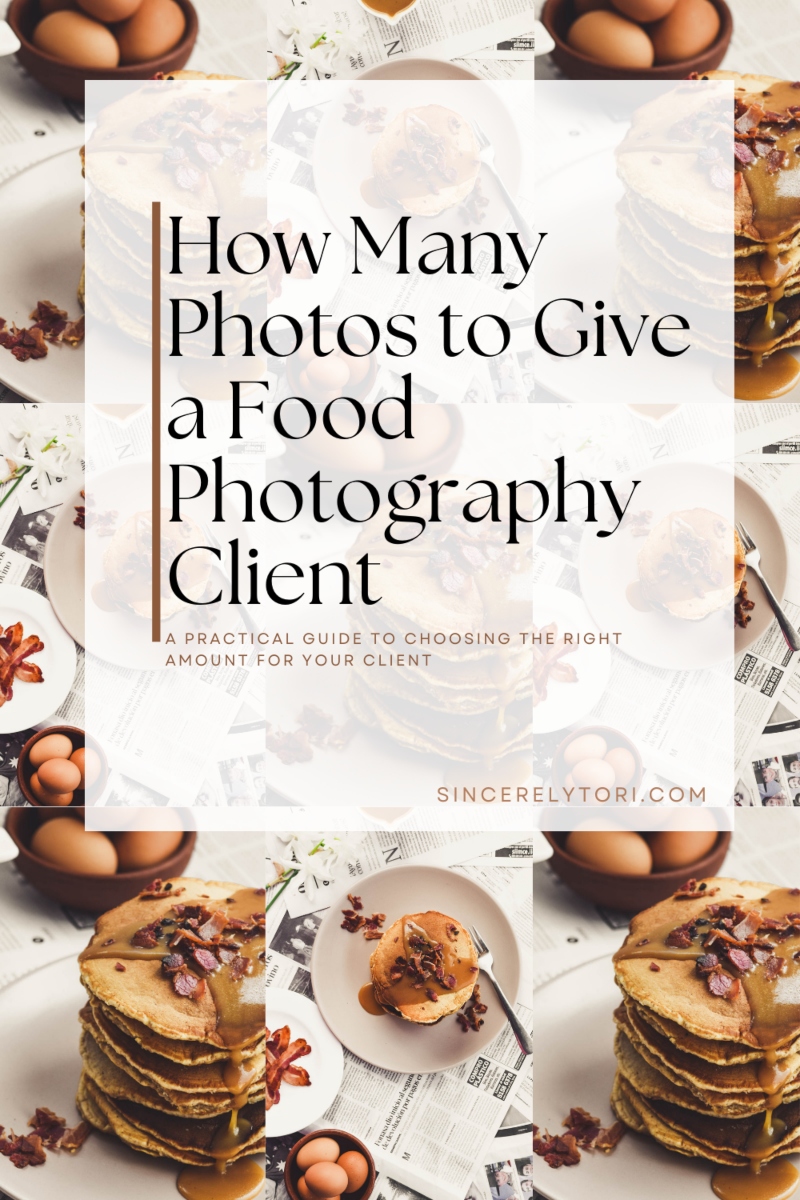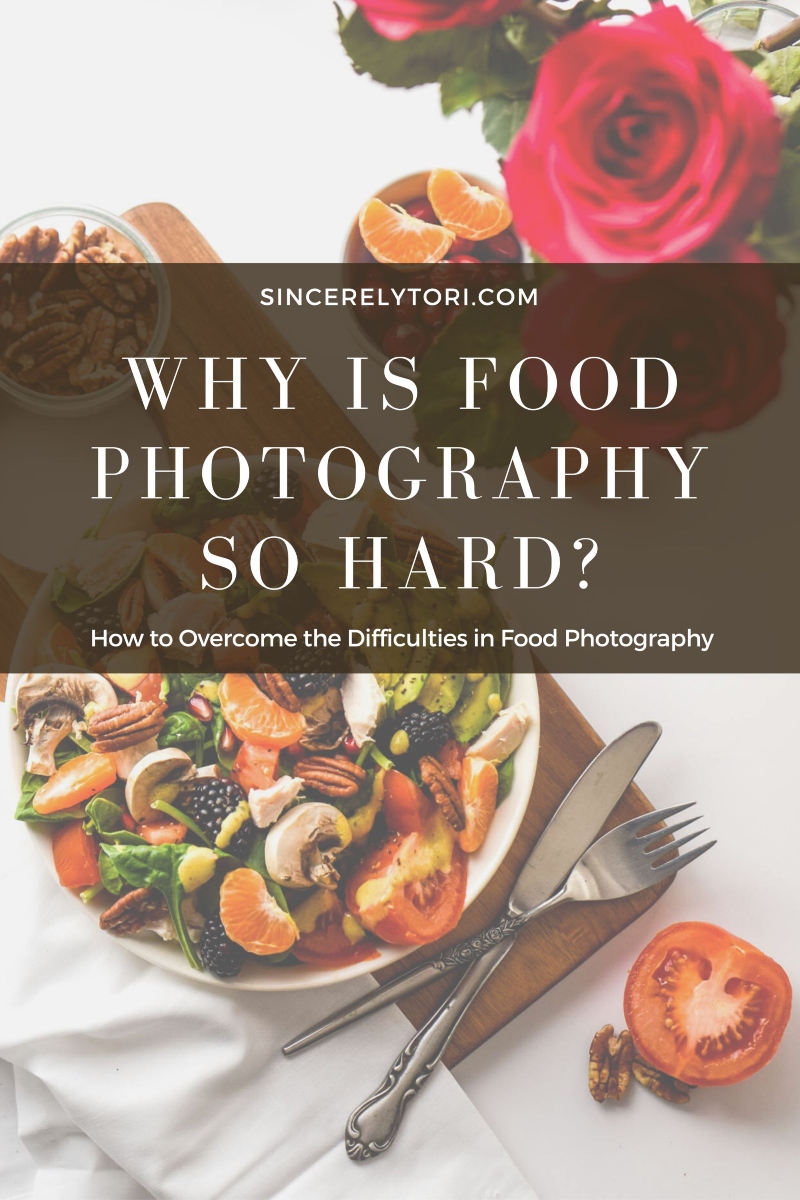
Why Food Photography is Difficult
Now that we all live on the internet you’ve probably seen endless amounts of stunning food images online. One day you see a beautiful recipe image and think to yourself “I’ve taken decent photos before, I can totally do that.” The fancy food bloggers make it look so easy, you got this.
So you grab your iPhone or camera and you decide you’re going to make the world jealous of your photography skills. All you have to do is post a really great photo of the food you just made. You excitedly take your snapshots imagining how impressed the world will be with your talent……….until you see them. Your photo looks like some disgusting mess of playdoh. This is probably where you’ll ask yourself, why is this so hard?????

You may have heard photographers talk about the different types of photography they enjoy doing. Lots of photographers will go for the obvious things like weddings, portraits, and landscapes. So why is food photography one area that many photographers stray away from?
Why is Food Photography So Difficult?
Food photography is so difficult because it requires way more skills than just being good with a camera. The pros that do large budget commercial work with big brands will usually require an entire kitchen crew, at least one stylist, assistants, runners, creative directors, agents, a full studio, and maybe even a caterer for lunch.
Now obviously that’s only for big brands right? That’s exactly right! Furthermore, that means if you are a small, bootstrapping food photographer, shooting at home, you get to be ALL of those things at once! Is it starting to make more sense? Add a blogger hat and you get to run all the positions of what could be a multi-level corporation all by yourself.
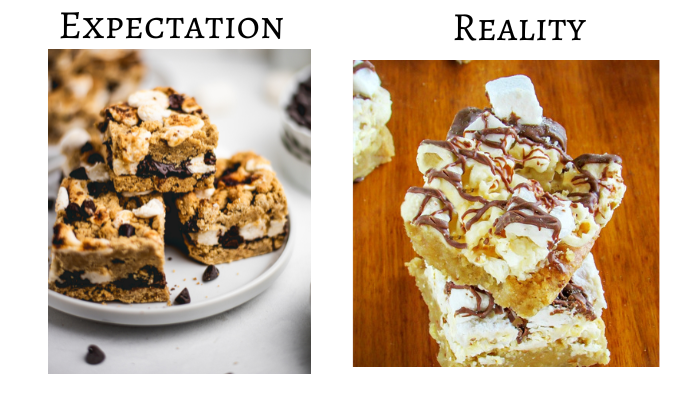
5 Reasons Food is Such a Challenge to Shoot
1. Catch It If You Can
Food can melt, cool-off, fade, and otherwise break down very quickly. The first time you try to shoot ice cream you will get a solid understanding of what makes food a challenge to photograph. Or should I say “not so solid”. You have about 5 minutes before your photography surface is covered with a puddle of melted cream. Try shooting the melted cheese on a pizza right out of the oven…..yeah, it’s only melted for moments. Want to catch that beautiful steam coming off your hot cup of tea? That’s going to require a lot more work than you think.
2. It Can Be So Boring
Food can be a dull, uninteresting, flat subject with nothing to focus on. Wanna know my most frustrating food model? A quesadilla. Sounds fine, but the coloring and neutral tones of the cheese and the tortilla make it so hard. If you’ve ever tried it you’ll understand what I mean.
Case in point, here is a very embarrassing photo of my first days as a food photographer. You’re welcome.
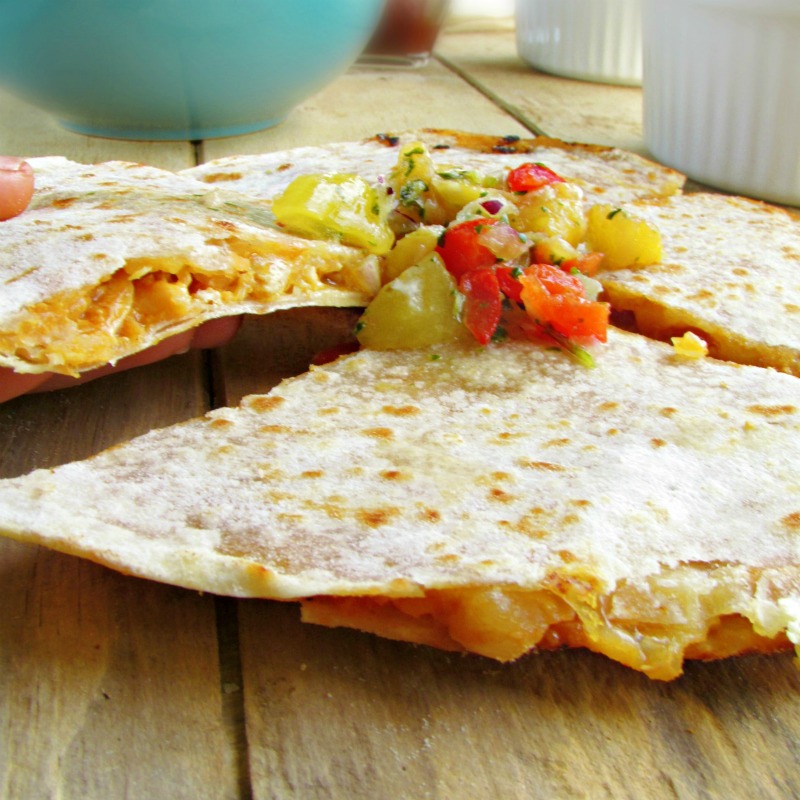
3. Focus
With such a small photo subject your focus is a huge deal. For those really nice bokeh shots you’ll have to be very specific about where to put the focus. But where? Food often has no obvious focal point. For example, a bowl of oatmeal with no toppings. Tell me how you’re going to make a close up shot of that interesting.
Most cameras are made to detect faces or objects very well. Food, however, can often throw your auto-focus completely off. If you’ve never played with manual focus it can be annoying to have to check the focus so often.
4. Composition
All types of photography require a knowledge of composition to make your images truly amazing. With food photography in particular the composition is absolutely critical. It can be a challenge to learn the nuances that come with food.
There are so many different shapes in food photography. You have the food itself, then the dishes, textiles, props, surfaces, and any extras. Setting things up an a way that makes the photo flow is an art form in and of itself.
Food photographers have to learn how to add dimension and interest while not distracting from the main subject. A properly styled food photo with good composition can draw the eye in and set your focus on the subject. Composition helps tell the story of the food you are photographing by setting the tone.
5. Light & Color
Proper understanding of light is something that also applies to all photography. Photography is simply capturing light. However, food photography requires an even stronger understanding of how light works and how to manipulate it. If your light is too harsh your food will appear flat and one dimensional.
Color is of equal importance. A good food photographer will have an understanding of color theory. Having too many colors in your scene can become a distraction from the food.
In portrait or landscape photography the color of your light can be used to create interest and set a mood. With food, if your light coloring is too cool or too warm you will have strange hues on the food that can make it look entirely unappealing.
Check out this post for some helpful tips: 10 Things You Should NEVER Do In Food Photography
“If you want nicer photographs, put prettier things in front of your camera.”
Joe McNally
How to Overcome the Difficulties in Food Photography
Practice is the number one way to improve your skills in food photography but there are a few other things that can help. Here are just a few helpful things to try as you are getting into food photography.
1. Add garnishes to keep things interesting and give your camera nice things to focus on.
2. Build up your knowledge about light and composition and learn to play with it to create art. There are some really helpful books on the subject that may help you such as Light – Science, & Magic and Mastering Composition.
3. Learn how to use your camera very well. Shooting in manual is very helpful to develop your skill when you are comfortable changing the settings on your own.
4. Consider upgrading your camera or lens if you do not have a quality one. If you’re serious about getting into food photography a DSLR is a big investment but worth it. Good photography is way more about the photographer than the gear but good gear helps.
5. Read blog posts like this from other food photographers who have done it and are sharing their experiences. Here are some other posts you may find helpful in learning about food photography:
How To Avoid Shadows In Food Photography
How Long Does it Take to Learn Food Photography?
14 Food Styling Ideas Every Food Photographer Should Know About
What Food Styling Is (And Why You Need To Learn It As A Food Photographer)
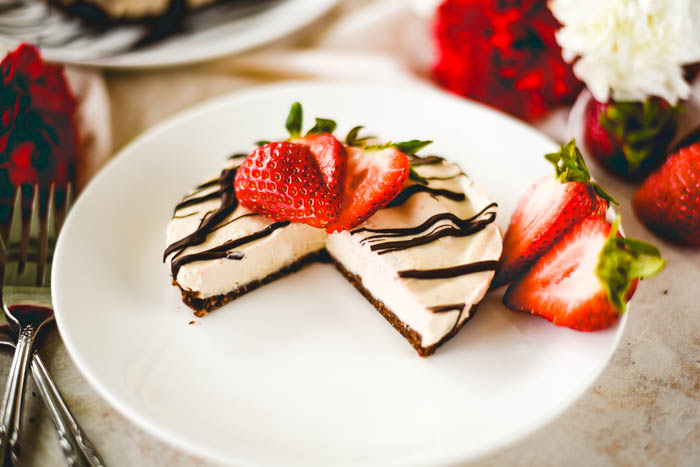
Conclusion
Food photography is a unique beast to conquer with a camera. It can be extremely fun and rewarding and many people make a career of it. It’s just a matter of learning how to deal with the different challenges you’ll face. It’s not for everyone but I truly love it and am so glad I got passed the challenges at the beginning.
In this post I shared some of my earliest photos that I took when I got started. If I can learn to improve from that level of beginner than so can you. It just takes some dedication and a willingness to play with your food. Break the rules, spill some things, make a bunch of messes, and learn from all your mistakes
This post contains affiliate links for products I love. This means, at no additional cost to you, I will receive a commission for any products you purchase through my link. Thank you so much for supporting this blog. Learn more here.
